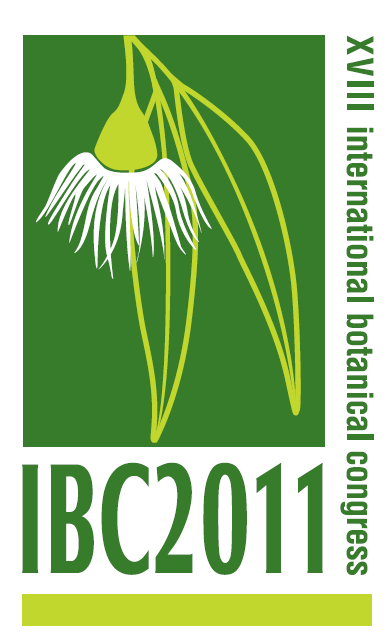NEWS 2011
Sequencing giant genomes: second generation sequencing analysis of Fritillaria (Liliaceae)
Kelly, LJ¹, ², Leitch, AR² Renny-Byfield, S², Nichols, RA², Fay, MF¹, Macas, J³, Novák, P³, Neumann, P³ Leitch, IJ¹
XVIII International Botanical Congress 2011 - Melbourne, Australia
¹Royal Botanic Gardens Kew, Richmond, UK; ²Queen Mary University of London, UK; ³Institute of Plant Molecular Biology, Èeské Budìjovice, Czech Republic

Abstract
The genus Fritillaria (Liliaceae) is characterized by an exceptionally large range of genome sizes (c. 30,000 to c. 80,000 Mb in the diploid species), and includes some of the largest genomes ever recorded in plants. The range of genome sizes in Fritillaria provides an outstanding opportunity to study the processes involved in genome size evolution. Moreover, the phylogenetic distribution of Fritillaria species with large genomes indicates that two independent shifts towards giant genomes have occurred during the evolution of the genus, allowing comparison of the processes involved in these separate instances of genomic expansion. Studies of plants with small (e.g. Arabidopsis thaliana, c. 157 Mb) and medium (e.g. Hordeum vulgare, c. 5,500 Mb) sized genomes have revealed that changes in genome size are largely governed by the interplay between the amplification and deletion of repetitive DNA. However, it is not clear whether the same processes control the evolution of giant genomes. Using data from second generation sequencing technologies (e.g. 454 sequencing) we are analysing the composition of the most highly represented sequences within the genomes of multiple Fritillaria species in order to gain insights into the evolutionary dynamics of genomic obesity. We discuss the results of these analyses, and their implications for our wider understanding of how genomes evolve in plants.
